The MERN stack would be a set of technologies that allows for speedier application development. This has been utilized by developers all around the world. The fundamental goal of utilizing this MERN stack would be creating apps solely using JavaScript. This is because those four technologies which comprise the technological stack are essentially JS-based. As a result, if you know JavaScript (plus JSON), you can easily manage all backend, frontend, and databases. MERN Stack would be a collection of four distinct technologies collaborating to create interactive web applications and webpages.
It is an abbreviation for four distinct technologies, which are listed below:
- MongoDB is abbreviated as M.
- ExpressJS is abbreviated as E.
- R stands for ReactJS.
- NodeJS is abbreviated as N.
What Is MERN Stack?
MERN Stack seems to be a customer-friendly complete stack JavaScript structure for developing apps and dynamic webpages.
MERN Stack has been made up of four primary elements or four major technologies:
- M refers to MongoDB (Database), the NoSQL (Non-Organized Programming Language) Database System mostly used for generating document databases.
- Express is an acronym for E, solely utilized for Node.js web infrastructure development.
- R is an abbreviation for React, mostly used to create modern client-side Js frameworks.
- N means Nodejs, which is primarily employed in the development of the leading JavaScript web servers.
- Each of those four technologies is critical in giving developers a comprehensive end-to-end foundation. Even those four technologies are crucial in the building of web apps.
| MongoDB | Document Database |
| Express(.js) | Node.Js Web Framework |
| React(.js) | A Client-Side Java Script Framework |
| Node(.js) | The Premier Java Script Web Server |
MERN Stack was previously known as MEAN Stack, and MERN Stack has been another of the versions of MEAN. MEAN Stack similarly consists of four elements or four distinct solutions, that is, M seems to be for MongoDB, ‘E’ seems to be for Express, ‘A’ seems to be for Angular.js, as well as ‘N’ seems to be for Node. If you look closely, you’ll see that within MEAN, the letter ‘A,’ which stands for Angular.js, has been changed by the letter ‘R,’ which stands for React.js.
The primary reason for this is that, in comparison to MEAN, MERN Stack has been chiefly used for the speedier creation of smaller apps, whereas MEAN stack has been used mainly for big-scale apps. Smaller programs, however, require a longer time to build. In addition, their structures are vastly different.
We may notice that MEAN’s front-end Js foundation is Angular.js, while the MERN stack has been based upon React and its environment. MERN Stack was created to render the building process simpler and more efficient.
Express.js seems to be a server-side website foundation, while Node.js is a sophisticated and famous JavaScript service platform. Regardless of the form you pick, ME(RVA)N is just a great method to operate with JSON plus JavaScript from start to finish.
Components of MERN Stack
1. MongoDB
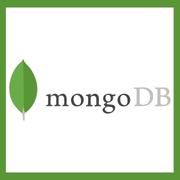
- Mongo DB, the open-sourced document-based server, is the most prominent NoSQL (NoSQL as well as Non-Standardized Query Languages) database.
- The phrase ‘NoSQL’ refers to any nonrelational system which does not need a set structure or regular tables to contain the required data. MongoDB holds data in a manner other than conventional tables, which are rows plus columns.
- It suggests that MongoDB does not use tables in the same way that relational systems do. On the other side, it offers a new data extraction and storage method.
- The data has been saved within this BSON format that refers to Binary JS Object Notation; this binary structure specifies the length and kind of information, allowing this to be processed considerably faster.
- When saving documents into collections, MongoDB utilizes BSON.
- It enables a document format that is very scalable and adaptable.
- Because of its effective storage plus indexing algorithms, it is much quicker than RDBMS.
- Sophisticated join procedures aren’t accessible in MongoDB. Thus it can’t handle complex transactions.
- Another of the many benefits of MongoDB would be that it employs JavaScript as just a development language.
- Schemaless has been defined as the data saved in a distinct document.
- There are no connections or table structures within MongoDB like in RDBMS (Relational Databases Management Solution), where tables possess a specific relationship among them.
- It also has a customizable document model that any developer may generate quickly.
- Another of the most popular forms of NoSQL systems is MongoDB. While we see that this would hit its scalability limit every time a database operates on a solitary server, this is highly scalable and gives outstanding performance.
- MongoDB is indeed a NoSQL system that expands when additional servers are added, and its dynamic document architecture boosts productivity.
2. Express.JS
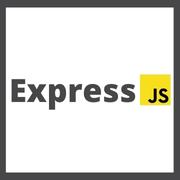
- Express is indeed one server-side infrastructure for JavaScript which runs under js.
- This is another of the greatest JavaScript Frameworks for backend development.
- It gives the programmer a foundation on which to build and manage reliable servers.
- Express is a tool for rapidly and simply creating and developing online and mobile apps.
- Express is indeed the server-side logical framework for smartphone and online apps that are utilized all around the globe.
- It makes it considerably easier for developers to create sophisticated APIs (Application Programming Interfaces) as well as web servers.
- Express makes things easy to structure your software’s functionality using routing as well as middleware on powerful web servers.
- It also enhances Node.js HTTP (HyperText Transfer Protocol) items with useful features.
3. ReactJS
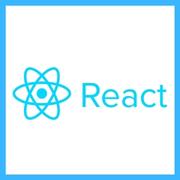
- React is indeed a famous open-sourced front-end JS library for creating Web apps.
- Before utilizing react, there are various prerequisites that must be met, such as installing the newest versions of Node modules on your machine. You should also be familiar with HTML, CSS, plus JavaScript.
- This has been used to create user interfaces, particularly for singular page web apps.
- It isn’t a framework for JavaScript. It’s merely a basic JavaScript library created by Facebook that overcome difficulties that other libraries couldn’t handle while developing online and smartphone applications.
- For smartphones and online apps, React has been also used to take control of any view layer.
- It enables us to construct UI (User Interface) components that may be reused.
4. NodeJS
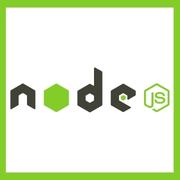
- js is indeed another cross-platform dynamic environment for running JavaScript programming outside of a browser, plus this is one open-sourced server setting.
- It isn’t a coding language; therefore it’s not really a framework.
- It’s commonly used to create and build a variety of backend solutions, such as web applications as well as mobile apps.
- It is mostly used in production by large organizations such as Uber, PayPal, and Netflix.
- It might be an open ASCII text storage platform that everyone can use.
- It will work on various operating systems, including Windows, Mac OS X, Linux, Unix, and others.
- It’s really easy to start, and it’s even suitable for agile design and prototyping.
- It gives consumers incredibly ascendable yet extremely fast services.
How Does the MERN Stack Work?
The MERN design makes it simple to create a three-tier framework (frontend, backend, plus database) using only JavaScript and JSON.
1. Front End Using React.Js
React.js, a pure JavaScript structure for generating interactive client-side apps in HTML, stands at the top tier of the MERN stack. React allows you to create sophisticated interfaces using basic elements, then connect them with data on any backend server and display them like HTML.
React shines at managing stateful, data-driven layouts with minimum code and effort. It comes with all those bells and lights you’d want from a contemporary web framework, including excellent assistance for forms, error handling, notifications, and lists.
2. Server Tier: Express.Js and Node.Js
This Express.js server-side architecture, which runs within a Node.js console, will be the next step. Express.js describes itself as a very “quick, unbiased, minimalistic web foundation for Node.js,” yet it is precisely that. During URL navigation (matching an arriving URL with one server function) and managing HTTP requests and answers, Express.js includes strong models.
You may connect with Express.js functions, which power your program by sending XML HTTP Queries (XHRs), GETs, and POSTs from any React.js front-end. For access and change data within any MongoDB system, those methods utilize MongoDB’s Node.js exporters, either through callbacks or promises.
MongoDB Database Tier
When your app saves any material (customer profiles, contents, remarks, uploads, notifications, and so on), you’ll need a database this is as simple to utilize as React, Express, plus Node. This is where MongoDB enters inside: JSON documents produced into any React.js front end may be delivered to any Express.js server, which will process them and (if they’re legitimate) stores them through MongoDB for subsequent retrieval.
Use Cases Of MERN Stack
MERN, like many major web stacks, allows you to create whatever you desire. Nevertheless, it is suitable for those cloud-based applications that require a lot of JSON and interactive internet interfaces. MERN has been used for a variety of reasons, including:
1. Apps For Calendars As Well As To-Do Lists
Any calendar or to-do application is a simple project that may reveal a lot regarding underlying MERN stack dynamics. ReactJS may be used to create the calendar, to-do application’s frontend, or user dashboard. MongoDB allows information to be saved, read, changed, and shown within any to-do application.
2. Interactive Forums
Any interactive forum that might be a social networking site or a webpage that allows people to post messages and chat is another good application case for this MERN. The collaborative forum’s topic might or might not be predetermined.
3. Product For Social Media
This MERN stack for social networking sites may be used to create an interactive forum, for example. Ads, articles, a little web app integrated within the social network page, and so on are examples.
Features Of MERN Stack Architecture
MERN Stack is simple to set up and flexible to use. This model view design has been used to build apps, and the structure of such a stack accomplishes its goal.
- Mongo DB would be famous for its powerful database within this architecture. With JavaScript functioning in the database, Node.JS allows developers to create fully functioning back-end apps.
- Express.JS aids in the management of HTTP queries, basic routing, as well as the creation of APIs (Application Program Interfaces).
Aside from that,
- Using JavaScript, such a stack may span the complete development cycle, from the front end through backend development.
- To render the development procedure simpler, this stack reinforces this Model View Controller structure.
- This stack provides one pre-built collection of the most up-to-date testing tools plus is open-sourced frameworks.
- This stack comes having a fantastic support crew and a lot of proof.
Hire Dedicated Web and App Developers
We Help You Build Future Ready Applications
Benefits Of The MERN Stack
1. Technology-Based On Open Source Software
MERN is used by startups since it is an open-sourced code that is regularly enhanced by IT specialists from all around the globe. Because this MERN stack’s elements are also all open-sourced, you can utilize it to build strong web applications.
AngularJS, for instance, is indeed an open-sourced frontend architecture that was designed specifically to address a few of the shortcomings that existed in older editions of HTML as well as JavaScript. Structures like this boost coding productivity and give a plethora of tools to aid in the development of more complicated programs.
There is zero vendor lock-in using open-sourced solutions, so when you choose to move ahead or modify something afterward, you won’t have to go through any additional hoops.
2. Free Templates May Be Found On The Internet
You may get free templates digitally, which can spare you a lot of time. Customizing a theme would’ve required a minimum of 3 times as much as installing a quick option. When you stumble upon any problems along the road, you’ll be able to seek assistance from specialists.
Many platforms include online forums where you may ask questions and gain immediate feedback about your coding from other framework designers. It’s always simpler to understand when you have specialists by your side!
3. Enables You To Construct Quickly
These MERN stacks are based upon open-sourced technologies that programmers may freely utilize; therefore you shouldn’t have to start from scratch. When you need a blogging site, for instance, there’s a good chance somebody has already created a successful foundation like WordPress.
Everything you have to do now pays close attention to just about any setup guidelines and makes any necessary changes. This type of plug, as well as play strategy, provides you an advantage against larger corporations that may not comprehend (even care about) new platforms. In fact, the larger they seem, the more probably they are to stay with tried and true ideas.
4. Simple To Use
You can easily implement the core technology because it is clearly documented. This is easy to learn as well as utilize, making this an excellent alternative for newcomers to web construction.
With several tools accessible to developers, deciding which ones seem to be worth knowing about may be difficult. Because there are minimal moving elements to comprehend in order to utilize these tools properly, their minimalist design makes them simpler to learn.
When you’re new to web programming, we recommend beginning with a basic MERN stack project since it will provide you with a more approachable opening to web software development without becoming overloaded right away.
After you’ve figured out how those tools function together, you may enhance your expertise by adding new features or swapping out parts as required.
3. Development Of The Entire Stack
With MERN’s complete stack development methodology, you’ll be in charge of both the frontend plus backend parts of a program. This method incorporates UI design as well as software engineering ideas.
It is becoming increasingly popular among startups because it allows them to conserve money by eliminating the need to hire distinct frontend as well as backend engineers.
6. Outstanding Community Support
This combination of technologies has a strong community behind it, making it simpler to obtain solutions to any technical concerns that may arise. As a result, if you’re not sure how anything functions or why it works, chances are somebody else has had (and solved) identical issues.
It reduces the time this takes to design a product, enabling you to distribute it sooner and for less money than you might with similar stacks. Because of Node.js’s prominence, many individuals are already familiar with Js; frontend programmers are familiar with CSS as well as HTML5.
7. Provides Users With More Native Experience
Native apps are more reliable and secure and may deliver a more engaging user experience. As a result, when companies create mobile applications, they typically use hybrid architectures like Ionic as well as React Native.
Even though such frameworks are impressive, they are built on web techniques that provide limited speed and device compatibility. Mobile software built upon MERN would be capable to take advantage of native capabilities like camera accessibility and smoothly synchronizing information between offline as well as online states inside the app.
It’s simpler to commercialize, and it frees up programmers’ time to focus on improvements that provide genuine value instead of just getting it to function! Unfortunately, when designing applications for hybrid technology, this is not feasible.
Disadvantages Of The MERN Stack
1. Profitability
Because React is only a library, this makes extensive use of third-party components, lowering developer efficiency. That React code will demand additional effort as a result of this upgrade.
2. Applications At A Large Scale
Doing a huge project involving a large number of developers gets tough using MERN. Single-page apps are well served by the MERN stack.
3. Mistake Prevention
This MEAN stack is indeed a better solution if you really want a technological stack that eliminates common coding mistakes by design. Because Angular employs Typescript, this prevents frequent code mistakes throughout the development stage. React, on the other hand, lags behind.
How Can We Help You?
Our firm is a software, web and mobile app development company that is dynamic, solution-oriented, plus value-driven. We promote ourselves as a cutting-edge technological business of the next generation. We think beyond the box to provide organizations with bespoke technology and solutions. Our multi-skilled application development staff are ideally suited to provide bespoke development for a variety of businesses. Furthermore, our superior maintenance services allow customers to focus on their primary business and provide value.
Wrapping Up
In the field of web design, a new norm known as MERN has arisen. You may see this in action using solutions like MongoDB, Express, ReactJS, plus Node.js, which, when combined, make a formidable combo that alleviates a lot of the stress associated with developing modern online apps.
The beauty of a flexible model is that it can be expanded in any manner you choose – although if you don’t like to expand it, you can still obtain significant productivity increases from these fantastic tools on their own.
Frequently Asked Questions (FAQs) On MERN Stack
This is a NodeJS backend internet application architecture. ReactJS, another JavaScript toolkit for creating UIs based upon UI components, would be the third element, and NodeJS will be the last element of this MERN stack. This is another JavaScript runtime context, which means it lets you run JavaScript programs outside of the browser.
The MERN stack is indeed a famous Javascript stack that has been utilized to create quicker and more stable full-stack online applications, which means it handles everything from start to finish. It has a sophisticated back-end as well as database administration system and also complete front-end development support.
MERN Stack is a Javascript platform for deploying full-stack internet applications. MongoDB, Express, React, and Node js are the four technologies that make up the MERN Stack. This is intended to render the development process more smoothly and efficiently.
Absolutely, MERN is indeed a full-stack program, with all front-end displaying levels (React. js), application-level (Express. js plus Node. js), as well as database layer all following the usual Three-tier structural pattern (MongoDB).
Suppose you need to build a website quickly, such as a weblog or any e-commerce software. In that case, Django is the way to go; however, when you are not in a hurry and would like to build a large application, Mern is the way to go since it is both sluggish and sophisticated.
This is the code you’ll have to master to understand this MERN stack. JavaScript would be a scripting language that is quick, simple, and adaptable. However, it is not without flaws. It isn’t the greatest safe language; therefore, it’s difficult to debug in some outdated browsers.

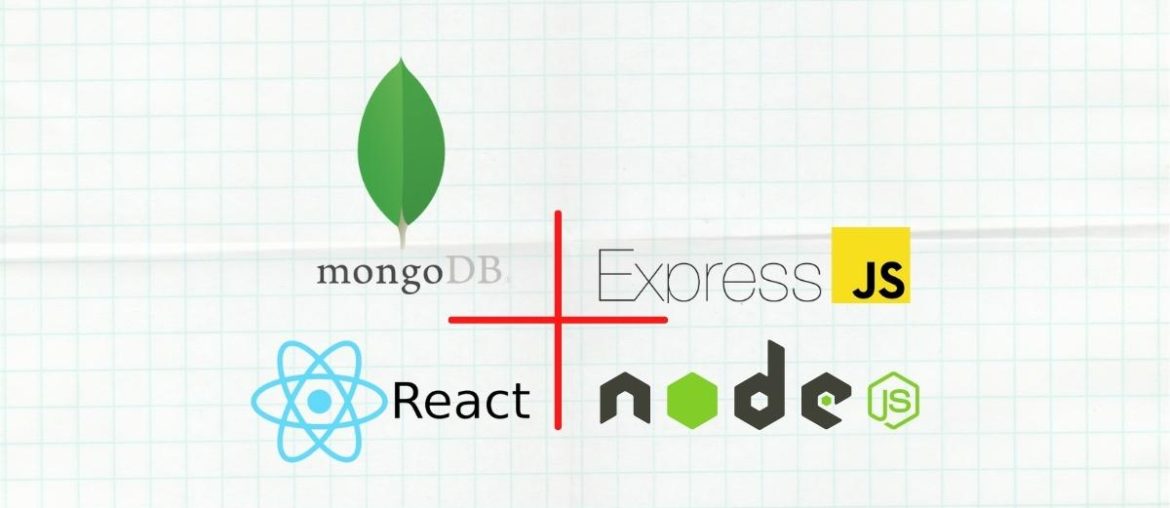
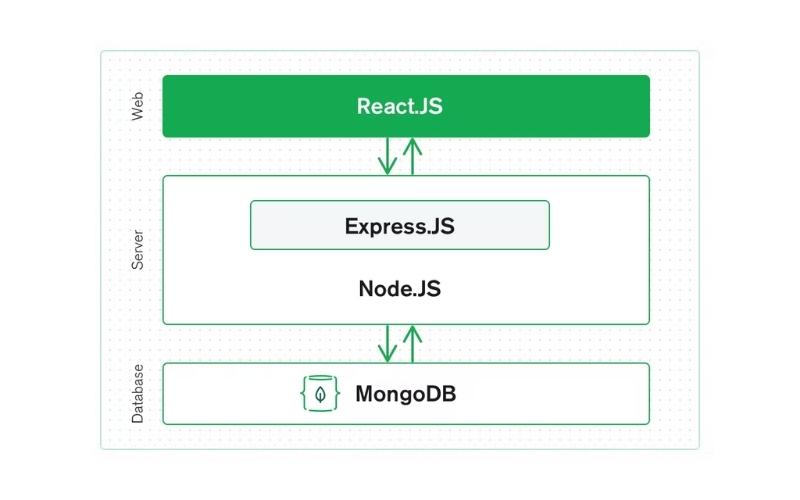
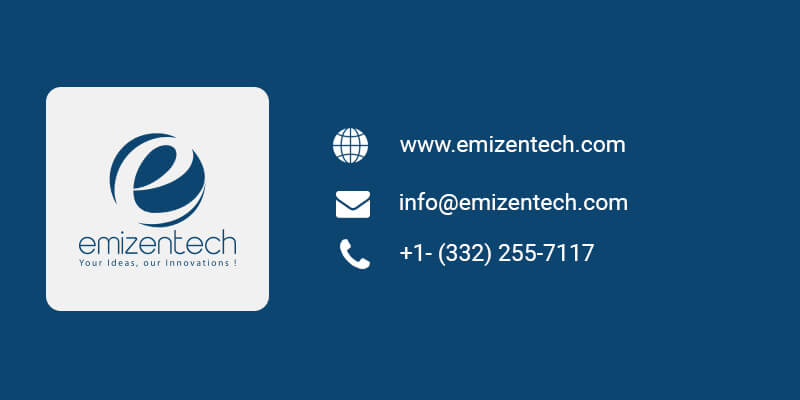
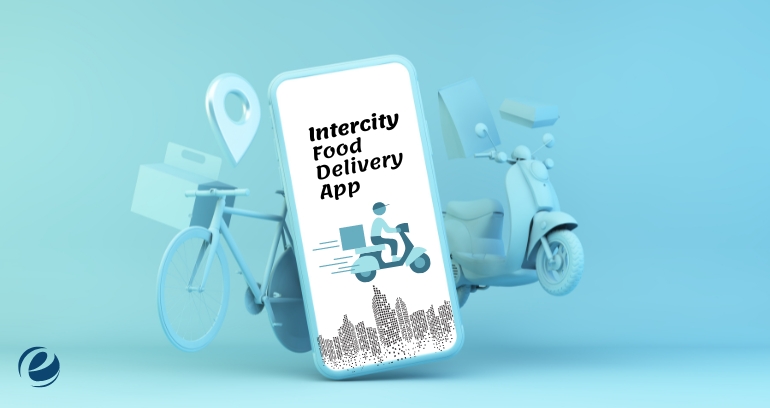
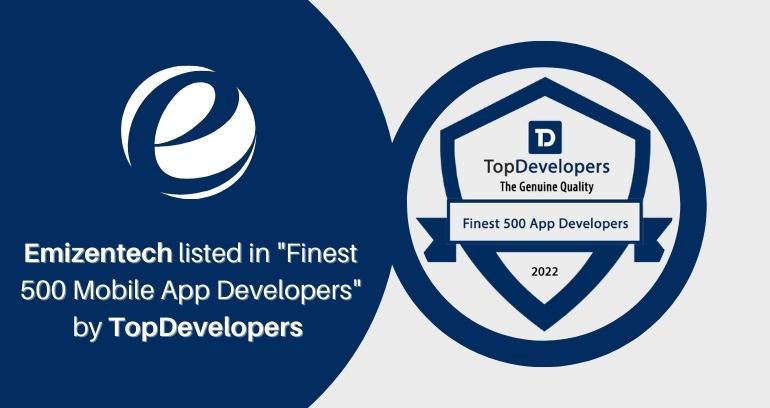

 USA
USA UK
UK Singapore
Singapore